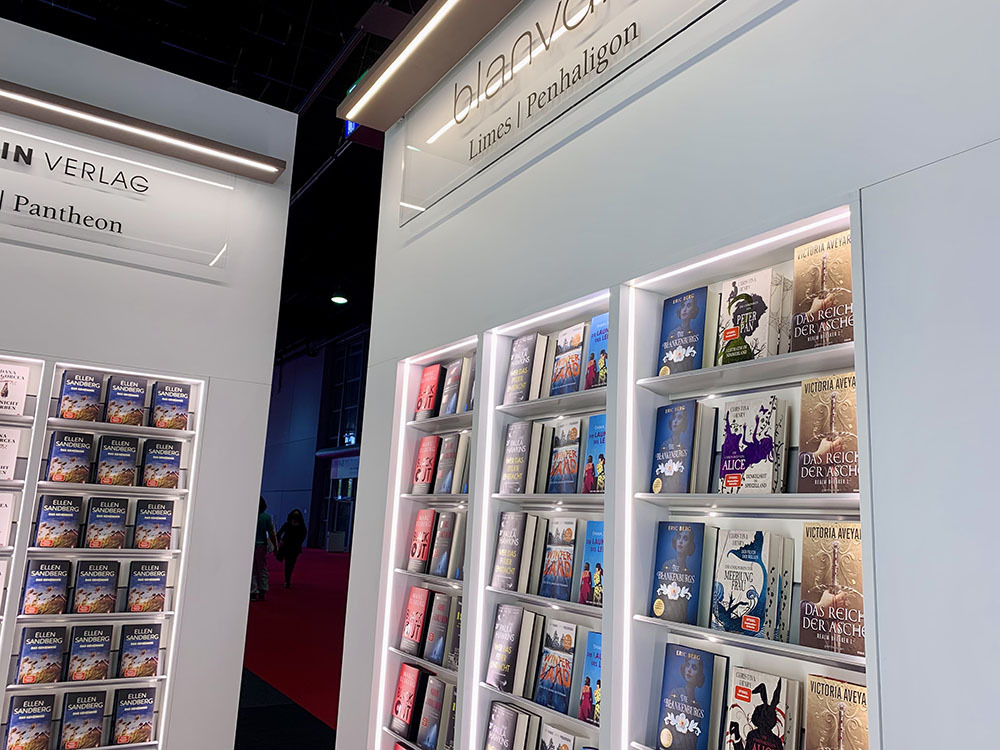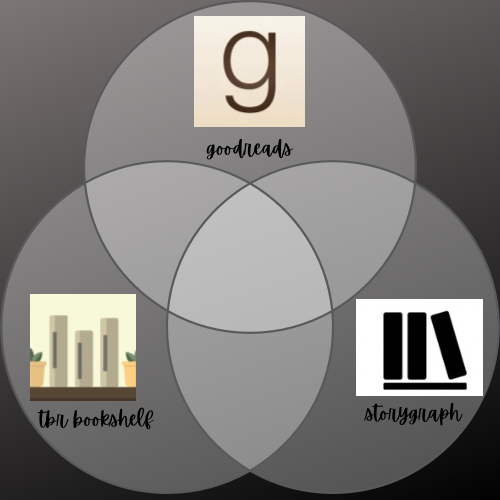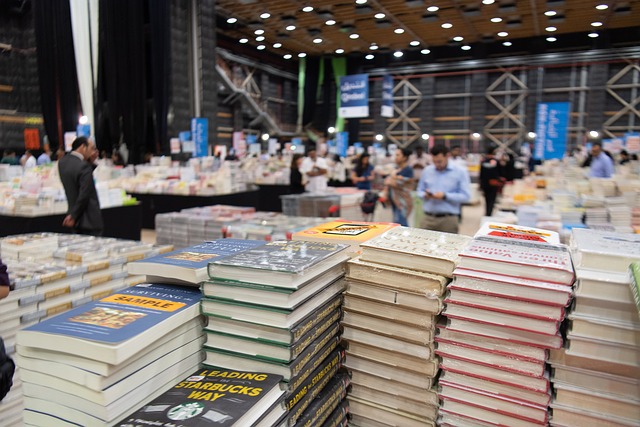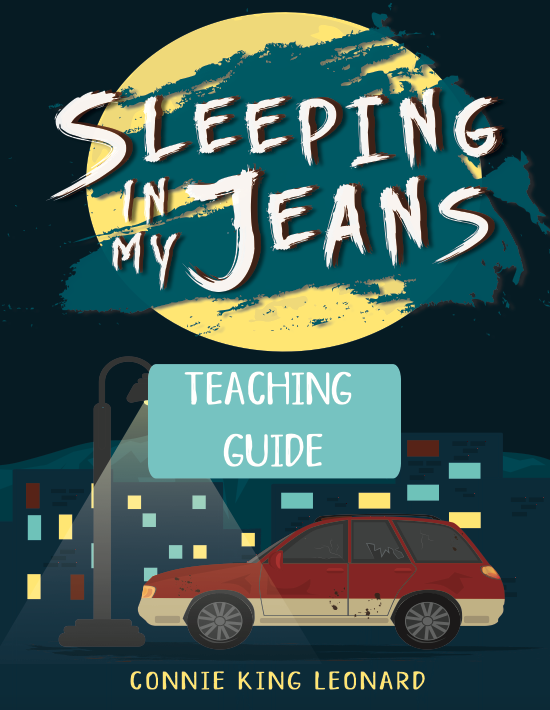Book Options for When You Have Time to Read and When You Don’t
If you are like me, then reading is a necessity of everyday life. However, if you are still like me, this can be difficult sometimes as life fluctuates in how busy it keeps you. There is nothing worse (figuratively speaking when it comes to books) than starting a new book, finding out it’s a series, and not having the time or mental energy to dedicate to it.







